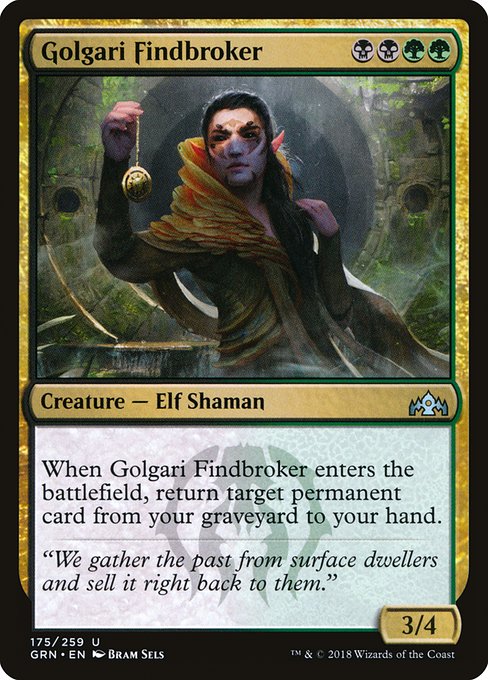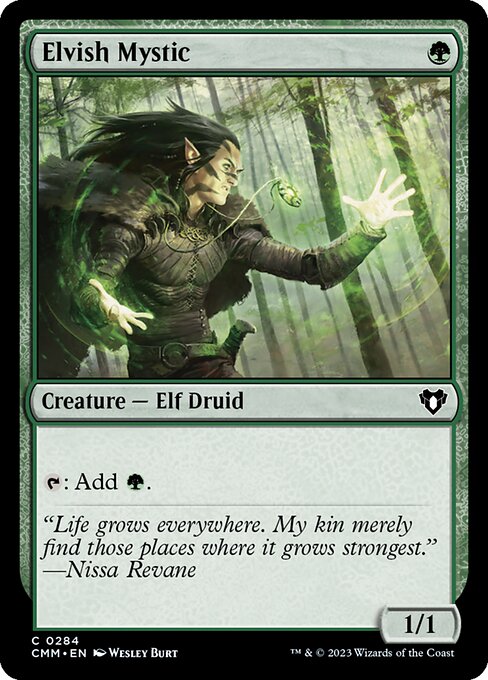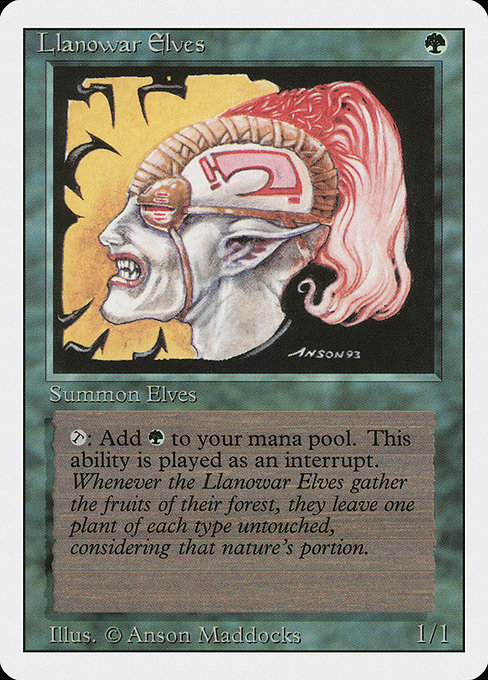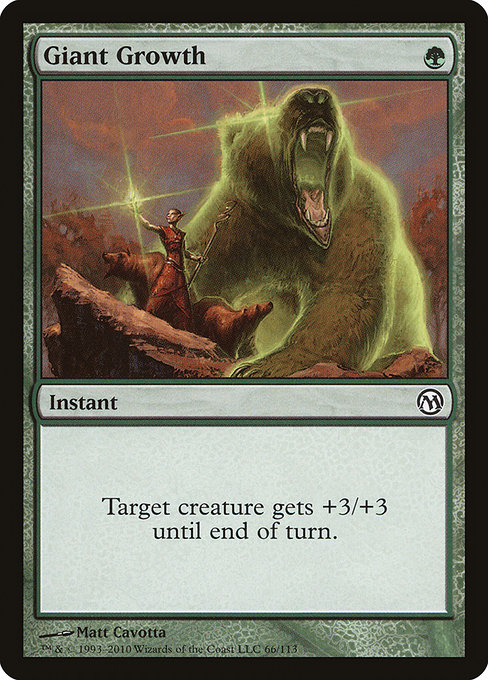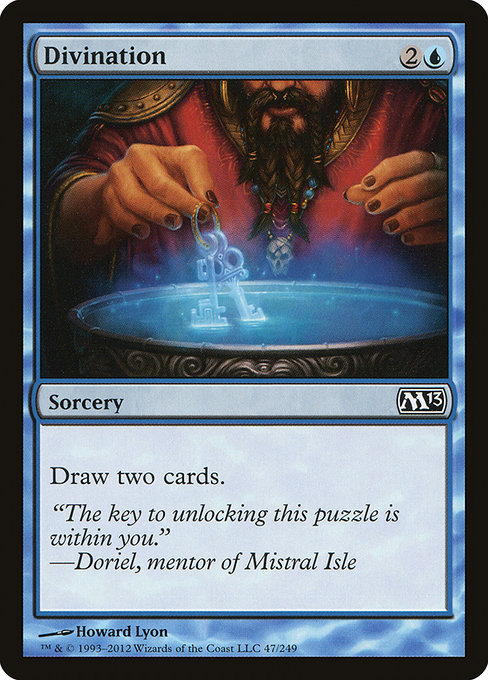
Divination

Full Analysis
Generated on 2025-06-28T21:56:37.191110 • Legacy FormatThe Enduring Power of Divination: Unpacking a Control Staple
Introduction to Divination
Divination is an iconic, easy-to-play two-mana blue sorcery that has been a staple in many control and midrange decks for years. This spell allows players to draw two cards from their deck at a specific point during their turn, providing a consistent source of card advantage. In this review, we'll delve into the intricacies of Divination's mechanics, strategic uses, and synergies, as well as its role in various deck archetypes and formats.
Detailed Card Mechanics and Interactions
Divination functions as a simple draw spell, drawing two cards from the player's deck at a specific point during their turn. The spell has no additional cost or abilities beyond its mana cost and effect. However, it interacts with other spells and effects in interesting ways. For example, Counterspell can be used to counter Divination, preventing the draw. Conversely, Mana Leak can disrupt an opponent's ability to use Divination.
When played, Divination creates card advantage for its player by drawing two cards. These draws are separate from any additional card gains or losses that may occur during the turn (e.g., due to Lifegain effects). The spell also doesn't create any token or other permanents, so it has minimal impact on the game state beyond the drawn cards.
Strategic Uses, Combos, and Synergies
Divination is a versatile card that serves as a foundation for many different strategies. In control decks, players often use Divination to set up a strong board presence with their creatures or other spells before drawing additional cards to further accelerate growth.
One popular synergy with Divination involves pairing it with other draw-inducing spells like Knowledge. The combination allows for a high rate of card draw and can lead to early-game card advantage. Some players also use Divination in conjunction with Counterspell, playing the spell first to disrupt their opponent's plans, then drawing cards afterward.
In combo decks, Divination is often used as part of more complex interactions between spells like Vampiric Tutor and Ancestral Recall. These combinations can provide an explosive early-game advantage by creating access to powerful spells or creatures at a very early stage.
Deckbuilding Roles and Archetypes
Divination fits well into several deck archetypes. In control decks, it's used to establish card advantage while also providing defensive capabilities with its draw spell. Midrange decks often use Divination as part of their overall strategy for drawing cards and establishing a presence on the board.
The most popular format for playing Divination is probably Modern. Here, it's been used in numerous different deck lists to achieve success against various opponents. In Standard formats like Guilds of Ravnica or Ixalan, its use may be more limited due to restrictions on cards that are similar to Divination.
Format Viability and Competitive Context
In the modern format, decks featuring Divination often rely on control-oriented strategies, utilizing spells that can disrupt or remove opponents' threats. One notable example is the combo deck that uses Vampiric Tutor and Counterspell in conjunction with other spells to create early-game card advantage.
Divination remains a staple spell in many decks today due to its versatility and ease of play. However, its impact can be mitigated by the presence of cards like Moxen, which don't generate as much card draw but allow players to accelerate their game more consistently.
Rules Interactions and Technical Notes
Divination is a straightforward sorcery that interacts with other spells in the usual way. When played during someone's turn, it resolves immediately before the end of that turn, drawing two cards from the player's deck.
However, Divination has an interaction with other effects. For instance, if Counterspell were to resolve first, and then Divination on its next available use, neither spell would trigger since they share no activation costs or effects beyond mana. This is a common pitfall for players unfamiliar with card interactions.
Art, Flavor, and Historical Context
The original artwork of Divination features a mystical figure holding a crystal ball in their hand, reflecting an aura of mysticism. The design's simplicity and elegance have made the card one of Magic: The Gathering's most recognizable icons. Its flavor reflects its magical nature, as if it allows its wielder to see into another realm.
Released in 1993, Divination was part of the original Alpha set, marking a pivotal moment for Magic: The Gathering. At that point, players were starting to realize the game could be competitive and strategic, rather than just casual entertainment.
Mechanics Overview
- Mana Cost: 2
- Type: Sorcery
- Card Draw: 2 cards from the player's deck
- No Additional Effects or Activations
Common Interactions and Synergies
- Counterspell (can be used to counter Divination)
- Mana Leak (disrupts an opponent's ability to use Divination)
- Knowledge (draw-inducing spell that pairs well with Divination)
Synergy Overview
Divination serves as a foundation for many different strategies. In control decks, it's used to establish card advantage while also providing defensive capabilities.
Common Synergies and Combos
- Vampiric Tutor + Ancestral Recall (explosive early-game combo)
- Divination + Knowledge (high rate of card draw)
The combination of Divination with other spells can lead to powerful synergies. For example, using Divination before Counterspell can disrupt an opponent's plans and then drawing cards afterward.
Competitive Context
Divination has been a staple spell in many decks for years due to its versatility and ease of play. However, its impact can be mitigated by the presence of cards like Moxen.
The modern format is the most popular format for playing Divination. Here, it's been used in numerous different deck lists to achieve success against various opponents.
Conclusion
Divination is a foundational spell in modern Magic: The Gathering decks, providing players with a simple yet effective way to generate card advantage. Its versatility, ease of play, and ability to create powerful synergies make it an excellent addition to any deck looking for card draw capabilities.
